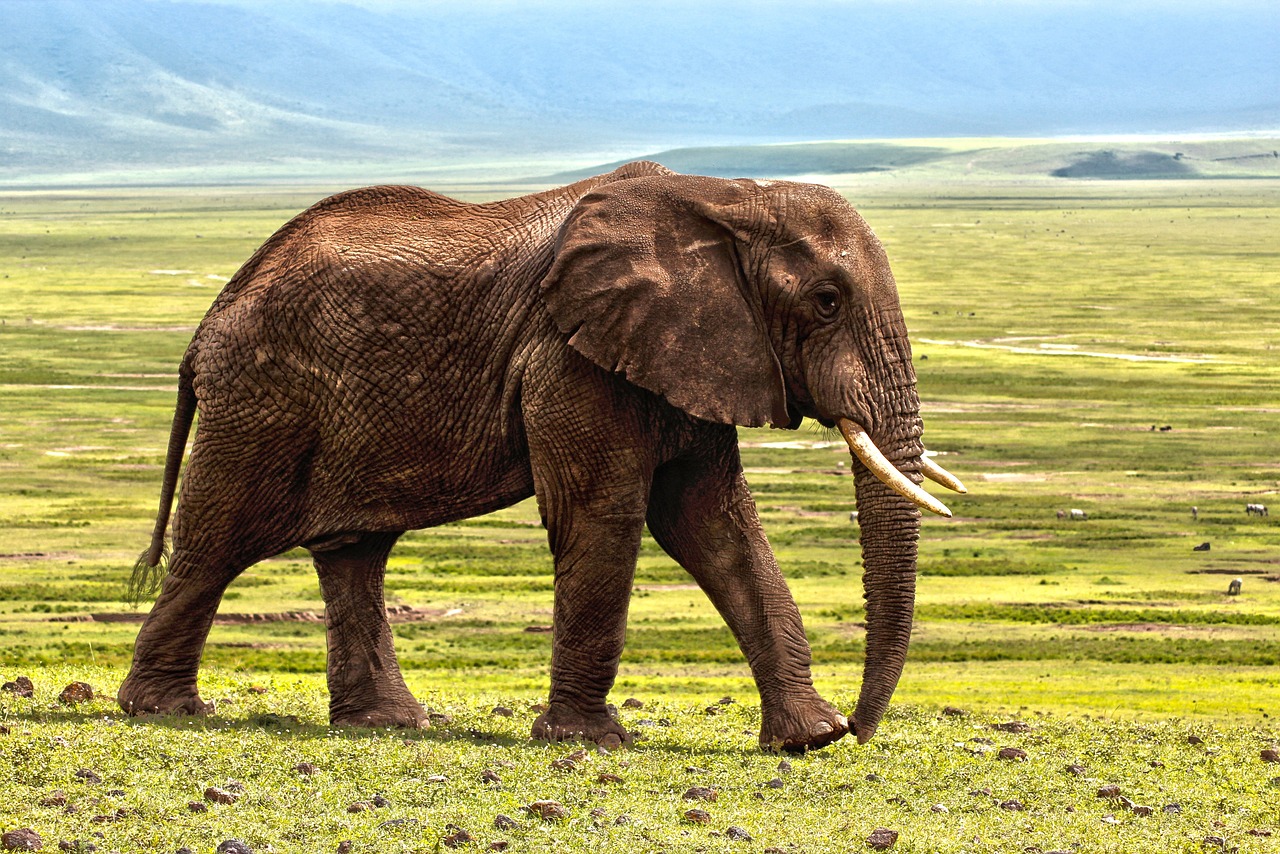Today, let’s look at elephants! We have read about several unique and interesting animals on BioDiaries. But, what is so special about elephants !? Let’s dive deep and explore what elephants can teach us about cancer, a disease that we are still trying to understand at a molecular level.
Elephants and cancer
These gigantic mammals as you know are about 10 times bigger, stronger, and cuter than us! They may be made of the same building blocks of life called the cells but in a larger number (almost 3X).
Wait.. won’t the higher number of cells increase the chance of mutations and hence make the elephant more prone to cancer? Nope… cancers do not affect elephants (except in sporadic cases). Let’s find out why elephants are the gifted gems of the animal kingdom when it comes to cancer.
Can elephants get cancer? Yes. But, do they get cancer? No
The bigger the animal is, the more probability it has to develop cancer. But, elephants are a special exception. This paradox has a name given to it- Peto’s paradox. According to this, a species’ risk for cancer doesn’t increase with size.
Lessons from our mammoth friends
By learning how elephants dodge, cancer, we can take inspiration from them and try to understand the disease better.
- A tiny protein- p53
Founded by two UK-based cancer researchers, a tiny protein that we currently call p53 is found in all organisms including elephants. This gene, fondly known as the guardian of the genome helps in cancer prevention. Being a tumor suppressor, it can identify and stop the growth of damaged cancer cells.
P53 works through two mechanisms-
- As the name suggests, it is a tumor suppressor I.e. it stops mutated cells from dividing so that they can be fixed by our DNA’s repair mechanisms.
- If the damage cannot be repaired, it eliminates such cells through apoptosis (self-destruction)
Given these functions of p53, one can guess what could go wrong if the p53 gene itself is mutated- yes… you have a higher propensity to cancer. This was first studied by Prof. Schiffman, who studies Li-Fraumeni Syndrome, caused by mutations in the p53 gene. This condition significantly increases a person’s risk of developing cancer.
While humans have only a single copy of the gene (two versions each) responsible for the production of p53 (TP53), elephants have nearly 20 copies (two versions each i.e. Nearly 40 versions)…
So, even if one copy doesn’t work right, the elephant still has a backup of 19 more. This makes the elephant much more cautious and vigilant about its DNA damage.
Interestingly, the same TP53 gene, when introduced into humans can act the same way. It can be seen as a self-destruct button. According to scientists, the elephant first shoots and then questions. This means the elephant self-destructs a mutated cell rather than trying to repair it.
What can elephants teach us about TP53?
According to a study in 2022, a research team from Europe discovered that each copy of the TP53 gene in elephants was unique. They were all different in interacting with proteins, making it extremely difficult for cancer cells to escape detection.
By comparing how these different TP53 genes work, we can know exactly how our body fights cancer. The development of different copies of the TP53 gene could be a new model for cancer therapeutics.
2. The zombie gene– Leukemia Inhibitory Factor (LIF)
If we look at it from the evolutionary perspective, elephants evolved from much smaller organisms and acquired extra copies of crucial genes in the process. This was probably why elephants reached their current size.
One of the genes, LIF is present in their close cousins manatees and sea cows as well. But, only the elephants managed to get the original “ON” version, along with a second copy. In total, elephants have 11 copies of the LIF gene.
P53 can bring the zombie copy of the LIF gene back to life each time a cell is damaged. This extra copy triggers a cancer cell to go into self-destruct mode, also known as apoptosis.
How does LIF work? The LIF proteins enter the mitochondrion and leak its membrane out eventually resulting in cell death.
3. Ras associated protein-1 (RAP1)
The RAP-1 pathway and the base excision pathways are both expanded in elephants. The base excision pathway is predominant in genome maintenance and cancer repair.
4. CDR2L gene
This incurs cancer resistance in elephants.
Take home message
Elephants have not just inspired us with their majestic size and intelligence but have also helped us explore cancer from a genetic perspective. With its unique genetic makeup, the elephant’s genome not just helps it dodge cancer, but also help us advance in the field of human cancer research. As we dive deeper into the animal kingdom, our dear mammoths teach us a very important life lesson- we all have the potential to conquer the challenges we face.

